Quang Tri is renowned as the liveliest “museum” of Vietnam’s Revolutionary War historical relics. Historical and revolutionary tourism has become the hallmark of this heroic land. Not only that, Quang Tri attracts many travelers from all corners with its diverse range of tourism activities. Let’s delve into the travel experience in Quang Tri to be ready to experience all the exciting things here with insights from Vietnampeace.com.
1. Quang Tri – an Appealing Destination for Travelers from All Walks of Life
Quang Tri is a coastal province in Vietnam’s North Central Coast region. It serves as the transition between the geographical areas of the North and the South. During the war years, Quang Tri was dubbed the “land of smoke and heroic fire.” Nowadays, Quang Tri has risen above the rains of bombs and bullets to become a bright spot on the map of Central Vietnam’s tourism. Consequently, more and more tourists are eager to learn about the travel experience in Quang Tri.
Quang Tri is famous for historical and revolutionary tourism due to its dense concentration of world heritage sites and important tourist destinations. Nowadays, cultural and spiritual tourism, beach and island tourism, ecotourism, and border trade tourism are all directions for the province’s tourism development, catering to all the needs of tourists’ exploration, experience, and relaxation.
Moreover, with 75 kilometers of coastline boasting some of the most beautiful beaches in Central Vietnam and essential transportation arteries by road, rail, and waterway, Quang Tri has the advantage of elevating its tourism to new heights. Quang Tri is an attractive destination for travelers from all walks of life today. Please don’t wait too long; let’s explore the travel experience in Quang Tri!
2. When is the Best Time to Travel to Quang Tri?
Quang Tri lies in a tropical monsoon climate area influenced by hot, dry southwestern winds. The climate here is relatively harsh. The dry season lasts from early March to late September. During this time, Quang Tri often experiences droughts and incredibly intense heat in June and July due to the influence of hot and dry Laotian winds.
The rainy season extends from October of the previous year to February of the following year. The northeast monsoon winds affect Quang Tri, resulting in frequent heavy rains and flooding. Typhoons usually concentrate in September and October. You should closely monitor the weather forecast before your trip for the best preparation.
If you want to visit the beach, visiting Quang Tri around April to May is best. During this time, it’s not yet in the middle of summer, so the weather is still quite comfortable and convenient for traveling to tourist attractions. You can visit Quang Tri anytime to experience cultural, historical, or spiritual tourism.
3. Traveling to Quang Tri by Which Means of Transportation?
Air Transport
Quang Tri currently does not have an airport. Therefore, if you want to travel by air, you can fly to Phu Bai Airport (Hue) or Dong Hoi Airport (Quang Binh). From here, you can continue your journey to Quang Tri by other means of transportation. This is the most time-saving way to travel if you are from the North or the Central region. Here are some flight routes to Hue and Quang Binh you can consider:
– Hanoi to Quang Tri flight: The average ticket price ranges from 851,000 VND to 1,300,000 VND per person.
– Saigon to Hue flight: The airfare from Saigon to Hue usually falls around 900,000 – 1,300,000 VND per person.
– Hanoi to Hue flight: The average ticket price ranges from 660,000 VND to 2,000,000 VND per person.
Road Transport
If you plan to travel to Quang Tri by road, you can take a coach or a private car. However, according to the travel experience in Quang Tri, the most convenient option is to take an open bus to Hue. Because no matter how you want to get to Hue, you have to pass through Quang Tri so you can get off at any point. If you are coming from the South, you can take an open bus to Quang Binh and then get off at Quang Tri. Open buses operate daily, so booking tickets is straightforward, and the service quality is quite good as they specialize in serving tourists.
Rail Transport
If you have more time and are healthy, you can travel to Quang Binh by train. Getting to Dong Ha City, Quang Tri, takes about 12 hours from Hanoi and 20-24 hours from Saigon. If you travel by train, it is recommended to book a berth ticket to ensure your health for the upcoming experiences in Quang Tri!
Getting Around in Quang Tri
You don’t need to worry about transportation if you travel with a tour. The tour company’s vehicles will take you to the destinations on the tour itinerary. However, you only explore a part of Quang Tri by doing this. That’s why many tourists prefer to rent a taxi or a private car to explore freely.
Many young people like to rent motorbikes to explore this Central Vietnam region fully. But riding a motorbike requires both health and time. This mode of transportation is also not suitable for children and older people. Buses in Quang Tri currently have routes to La Vang Church, Cua Tung Beach, and Cua Viet Beach. According to the travel experience in Quang Tri, you can combine using buses to save on transportation costs.
4. Accommodation in Quang Tri
Quang Tri has over 200 lodging establishments with over 2000 rooms. All lodging facilities offer good quality services. Hotels in Quang Tri are mainly concentrated in Dong Ha City. When you want to book a hotel room in Quang Tri, you can choose from some addresses such as:
– Golden Hotel (295 – 297 Le Duan, Dong Le Ward, Dong Ha City)
– T&T Hotel (552 Le Duan, Dong Luong Ward, Dong Ha City)
– Green Hotel (36 Le Duan, Khe Sanh, Huong Hoa)
5. Must-Visit Tourist Attractions in Quang Tri
Quang Tri is renowned as the liveliest “museum” of Vietnam’s Revolutionary War historical relics. The “specialty” of tourism in Quang Tri is historical and revolutionary tourism, so experienced travelers to Quang Tri share that historical sites make up most of their itinerary. Some iconic places you should visit include:
Con Co Island
Con Co Island is located in the middle of the East Sea, about 30km from the mainland, with an area of only 2.3 km2. During the resistance against the U.S., this was a resilient and heroic forefront with many remarkable achievements and was twice honored as a heroic island. The island boasts diverse flora and marine ecosystems. Visitors to Con Co Island have the opportunity to admire beautiful coral reefs, especially the first appearance of red corals in Vietnam.
The air here is fresh thanks to its nearly 70% forest cover. The pristine beaches with smooth white sand winding peacefully make visitors feel unusually peaceful. Besides swimming and diving to admire coral reefs, you can go fishing, climb up the highest lighthouse on the island, trek through the old forest, or harvest seaweed. Every experience is fascinating.
Quang Tri Citadel
During the Vietnam War, the Quang Tri Citadel was the site of significant battles, especially the “Spring – Summer 1972 offensive.” After this campaign, the entire Citadel was almost flattened, with only one gate facing east and a few remaining sections of walls and bomb craters scattered outside the city. Today, the Citadel has been transformed into a cultural park, commemorating and honoring the heroic martyrs who rest permanently here. The project includes main items such as a bell tower, flower lantern house, and martyr memorial house… According to the travel experience in Quang Tri, visitors should visit the museum with artifacts and images reenacting the long history of Quang Tri Citadel from its construction to the national reunification day.
Cua Tung Beach
Cua Tung Beach was once dubbed the “Queen of Beaches” by the French. Despite being a famous beach, the tourist activities here have not been commercialized, so the scenery retains its rare pristine beauty. The ideal time to travel and admire the beauty of Cua Tung Beach is from February to April every year. This beach has Lai Cape and Si Cape jutting out into the sea, forming a small bay, so the water here is clear. The smooth white sand and gentle waves will help you dispel all fatigue. Experienced travelers to Quang Tri note that Cua Tung Beach can meet anyone’s swimming needs, enjoy delicious dishes, and admire the beautiful scenery.
Hien Luong Bridge – Ben Hai River
The French built Hien Luong Bridge in 1952, with a length of 178 meters and seven spans. The southern bank belongs to Xuan Hoa Hamlet, Trung Hai Commune, Do Linh District. The northern bank belongs to Hien Luong Hamlet, Vinh Thanh Commune, Vinh Linh District. The unique location unintentionally divided the country in half. Therefore, the United States chose this place as the dividing line of our country.
Hien Luong Bridge and Ben Hai River have borne many pains and losses during the 20-year resistance against the U.S. In the spring victory of 1975, our country officially reunited the banks of Hien Luong – Ben Hai. In 2014, Hien Luong Bridge was first restored with two colors, green and yellow, to emphasize the desire for reunification for anyone who visits to remember the glorious and heroic past of the nation.
6. Delicious Dishes in Quang Tri
Buffalo meat wrapped in Trong leaves
Trong leaves are a type of leaf that often grows in the mountainous areas of Quang Tri. This type of leaf has a distinctive aroma and a slightly spicy taste and is usually used to wrap buffalo meat for grilling, steaming, or thinly sliced stir-frying with buffalo meat. The meat chosen for these dishes must be young buffalo meat raised naturally, which is both tender and sweet.
Buffalo meat wrapped in Trong leaves is a famous delicacy in Quang Tri and has been selected by the Vietnam Record Organization as one of the top “20 unique Vietnamese dishes.” Anyone with travel experience in Quang Tri “rates five stars” for this dish.
Mai Xa Chat Chat Vermicelli
Chat chat is a clam species in the hen family, but it is smaller, darker, and more fragrant. The most meticulous step in preparing this dish is thoroughly cleaning the chat chat. Onions are sautéed until aromatic before adding the chat chatto. Stir-fry until firm and marinate in spices for each clam. Finally, the chef adds broth, boiled chat water, and some ginger to remove the muddy smell, then seasons to taste.
Snakehead Fish Porridge
The dish’s name comes from each strip of cake made into a strip resembling a snakehead. This dish is also called snakehead fish noodle soup. The fish used to cook porridge is fresh, live snakehead fish. After being cleaned, the whole fish is boiled until cooked. Then, the meat is separated and marinated thoroughly with salt, pepper, lemongrass, chili, and fish sauce… to make it flavorful. Finally, the chef pours snakehead fish broth over the porridge, which includes a few pieces of fried peanuts and finely chopped green onions, along with other spices mixed and seasoned to be sour, spicy, salty, and sweet enough. The rich taste of fish meat, the delicious sweetness of the broth, and the zesty flavor of pepper and chili will awaken the taste buds of connoisseurs.
Jumping Shrimp Salad at Bau Trang
According to my experience in Quang Tri, visiting Vinh Linh and not trying this dish would be a waste. The Vinh Tu and Vinh Linh areas are blessed with a large expanse of water that local people here often refer to as Bau Thuy U. Bau Trang is a small branch of Bau Thuy U. Thanks to its large water surface area, shrimp are abundant here. Under the skillful hands of the people here, the jumping shrimp salad at Bau Trang was born and became a famous specialty of Quang Tri.
Shrimp are caught from the lake and soaked in salt water to clean them before being lifted to drain. Then, the chef pours lime juice over the shrimp, adds roasted peanuts, finely chopped spring onions, and many other spices, mixes them well and seasons them to be sour, spicy, salty, and sweet enough. The accompanying food includes rice paper and young vegetables. The dish can be dipped in peanut sauce and soy sauce.
In conclusion, exploring Quang Tri is an enriching journey through history, culture, and culinary delights. From Con Co Island’s resilient landscapes to Quang Tri Citadel’s poignant remnants, every corner of this province tells a story of bravery and resilience. As travelers traverse the serene beaches of Cua Tung and delve into the symbolic significance of Hien Luong Bridge, they are reminded of the enduring spirit of the Vietnamese people.
Moreover, Quang Tri’s culinary scene offers a tantalizing array of flavors, from the exotic buffalo meat wrapped in Truong leaves to the savory Mai Xa Chat Chat Vermicelli. Each dish is a testament to the region’s rich gastronomic heritage and the skillful craftsmanship of its chefs.
As Vietnampeace.com embraces the essence of U.S. travel blogs, it brings to life the vibrant tapestry of Quang Tri with vivid descriptions and insightful recommendations. Whether you’re a history enthusiast, a culinary connoisseur, or simply seeking an unforgettable adventure, Quang Tri promises to captivate your senses and leave an indelible mark on your heart.
So pack your bags, embark on this comprehensive journey to the Land of Fire, and let Quang Tri unveil its treasures. With Vietnampeace.com as your guide, the wonders of this remarkable province await your discovery.
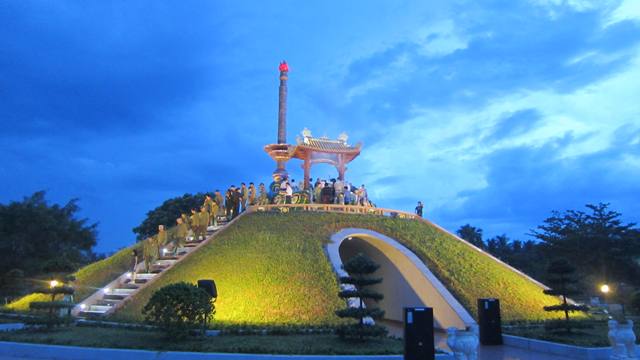
Quang Tri Citadel (Photo: Collection)
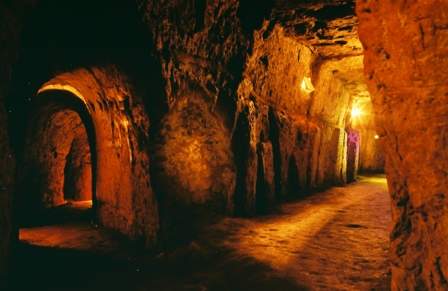
Vinh Moc Tunnels historic site (Photo: Collection)

Cua Tung Beach is not inferior to other famous beaches (Image: Collection)
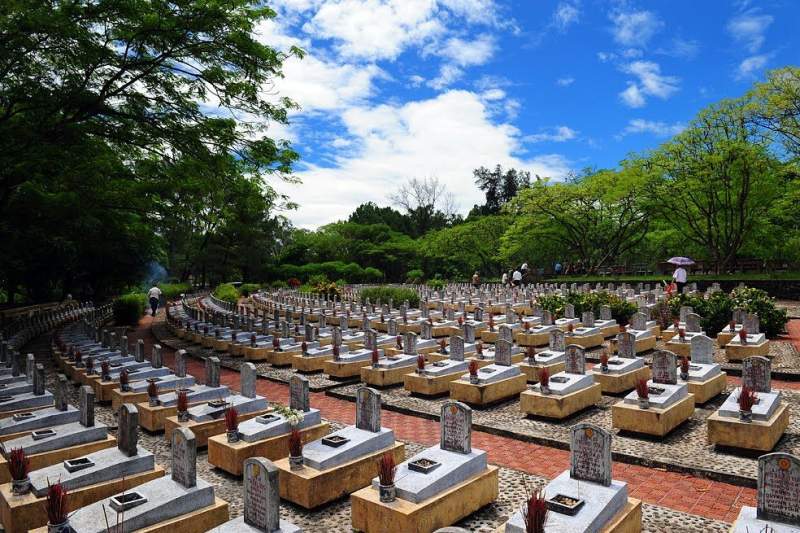
Truong Son Martyrs Cemetery (Image: Collection)
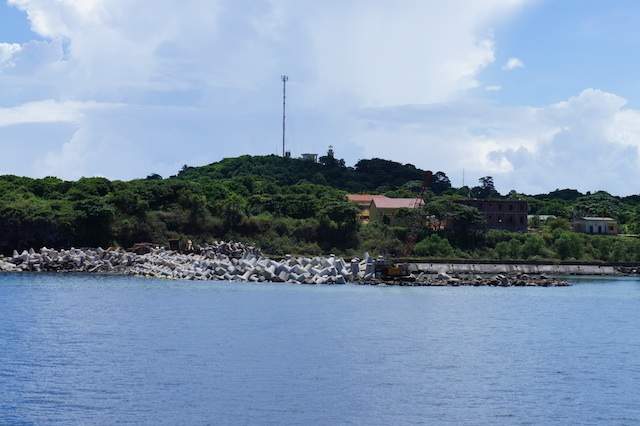
Con Co Island (Image: Collection)
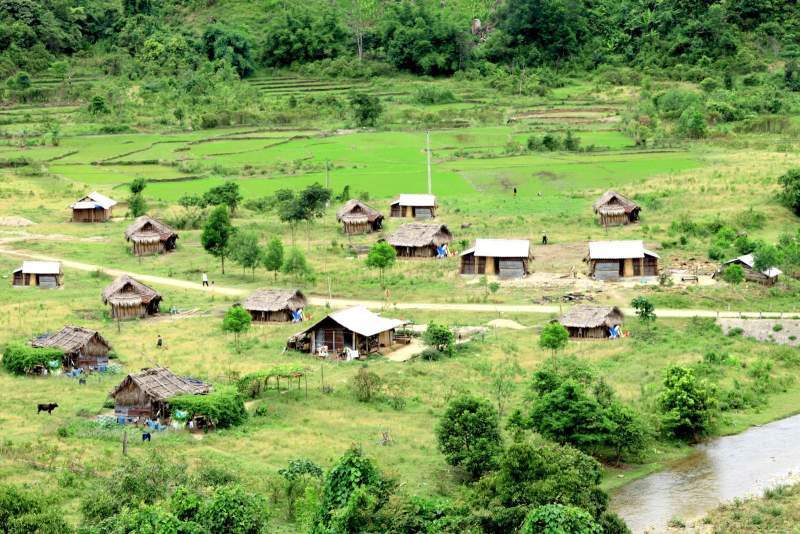
Idyllic mountainous landscape (Image: Collection)
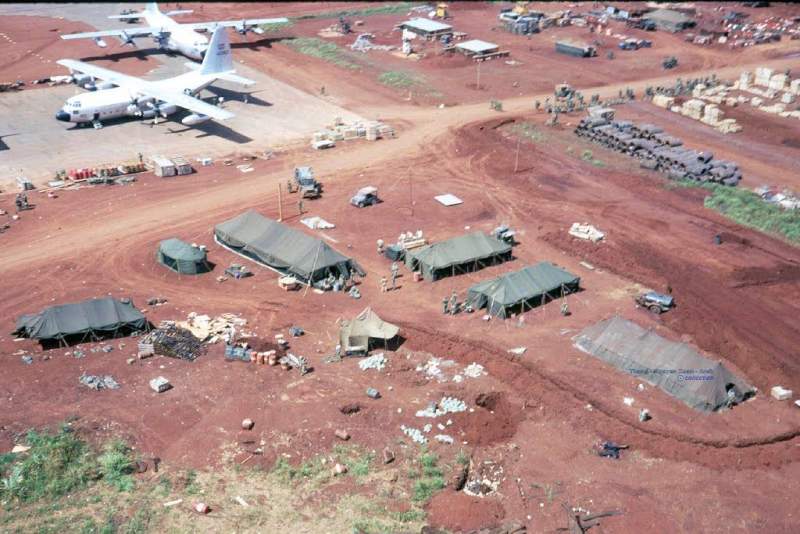
Khe Sanh base, Ta Con airport (Image: Collection)
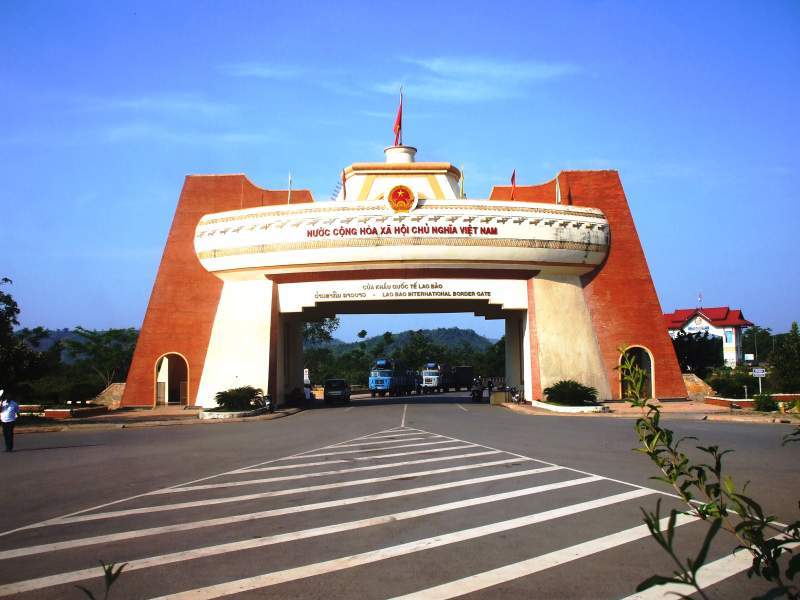
Lao Bao border gate (Photo: Collection)
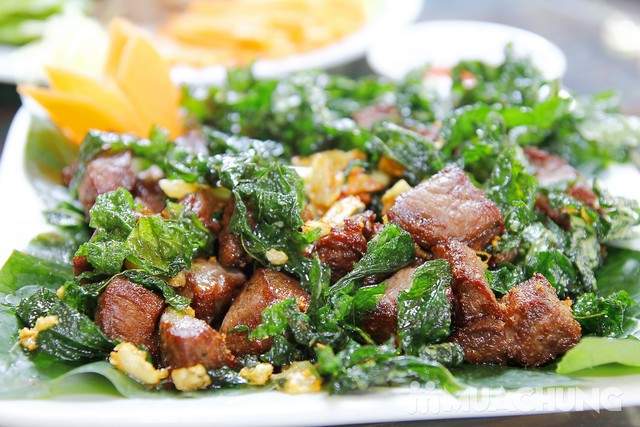
Buffalo buffalo meat (Photo: Collection)
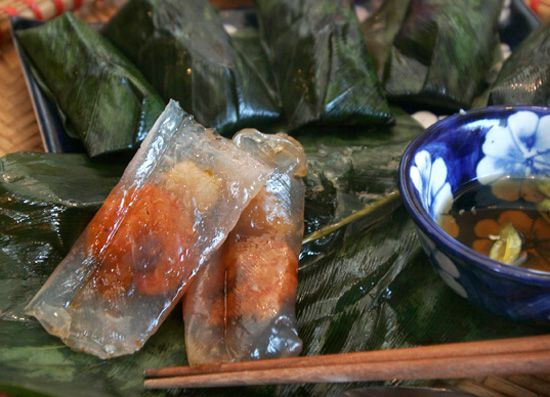
Quang Tri Filtered Cake (Photo: Collection)
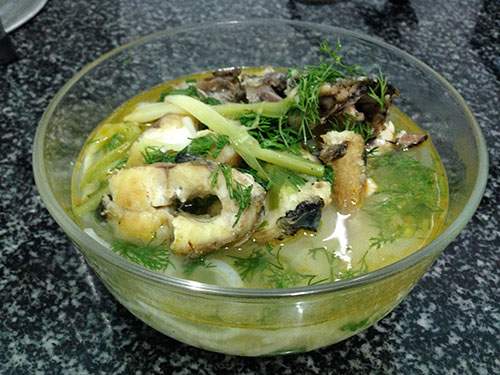
Am haunted the village of Am (Image: Collection)
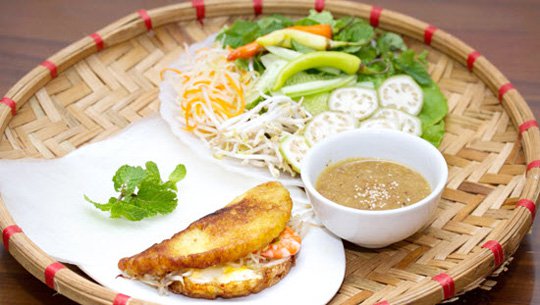
A delicious cake in the countryside (Image: Collection)
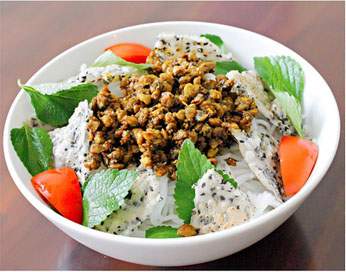
Delicious mussel noodles (Photo: Collection)
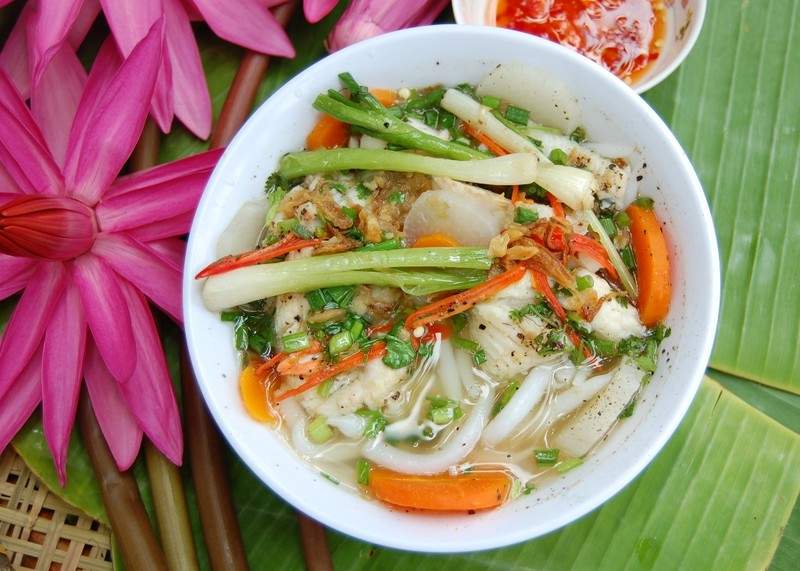
Bed porridge porridge (Image: Collection)
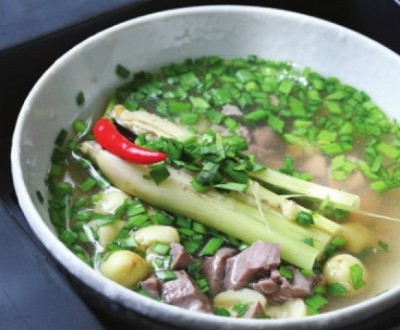
Lemongrass porridge (Image: Collection)
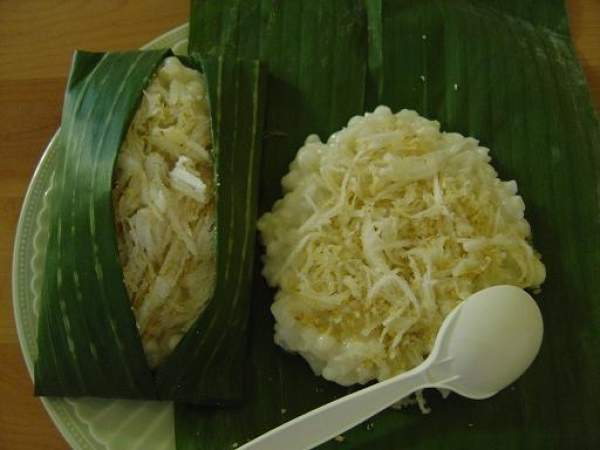
Corn stew (Image: Collection)
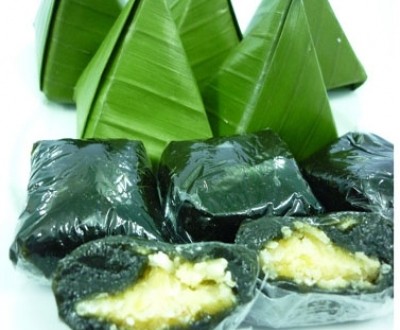
Cake with little thorn leaves (Image: Collection)
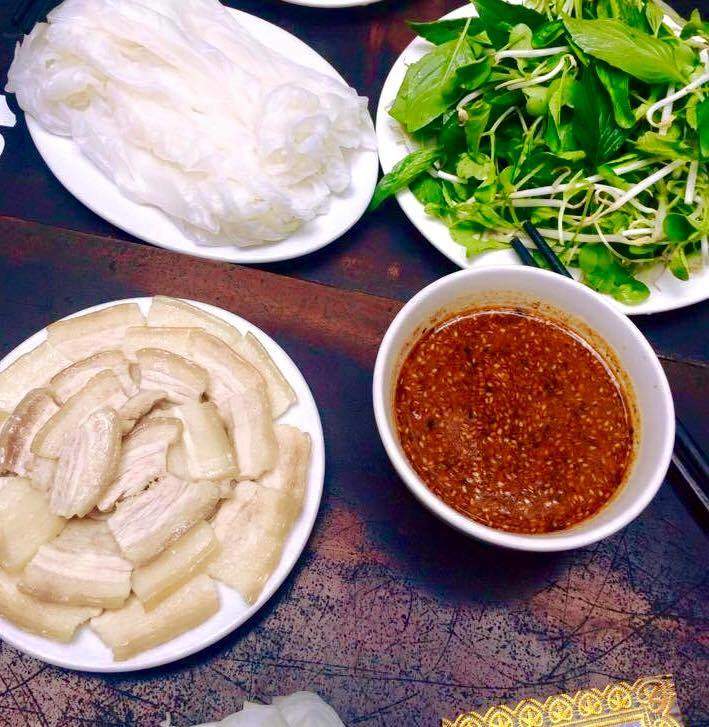
Wet bread served with raw pork and vegetables (Image: Collection)
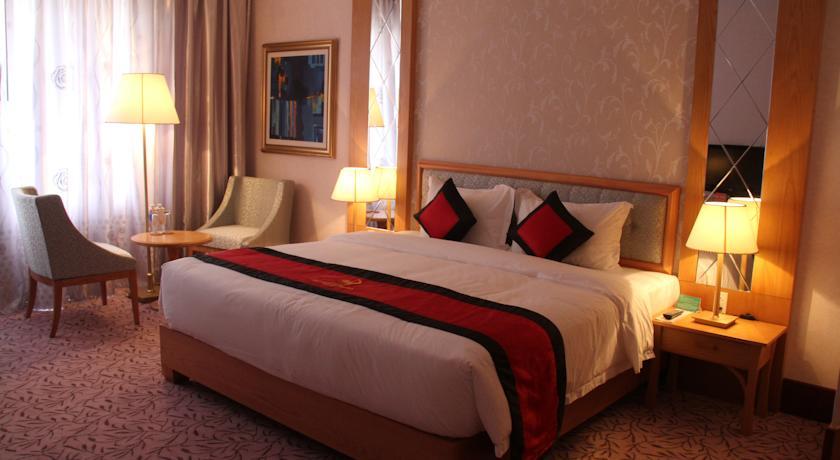
Accommodation at Sai Gon Dong Ha Hotel (Image: Collection)

The hotel is clean and airy (Image: Collection)
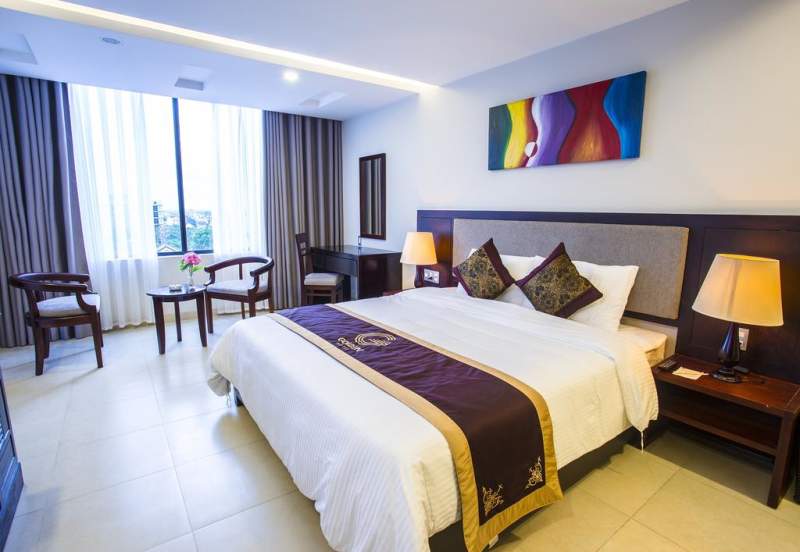
The bedroom is quite comfortable and luxurious (Image: Collection)
